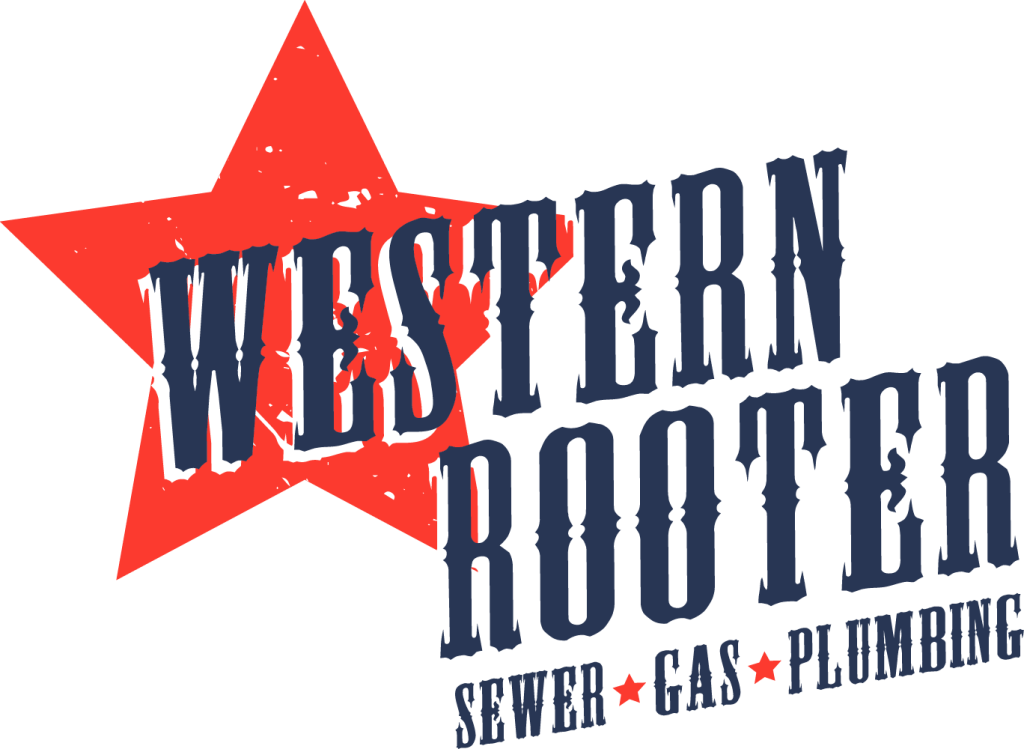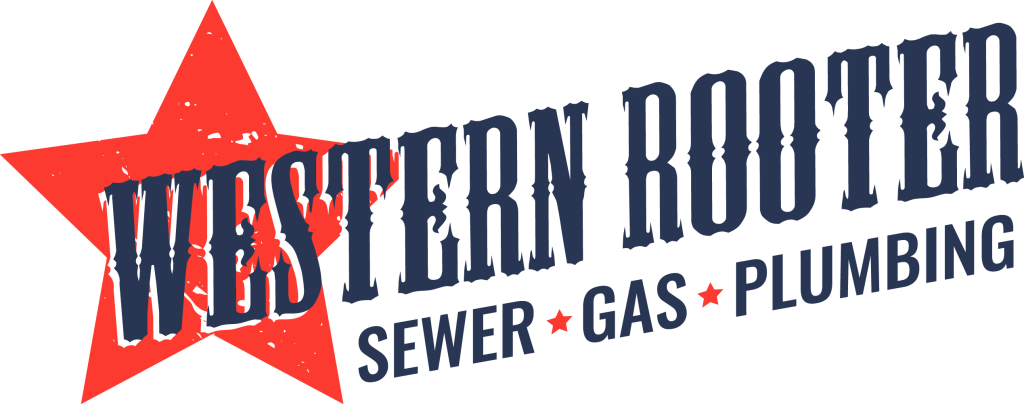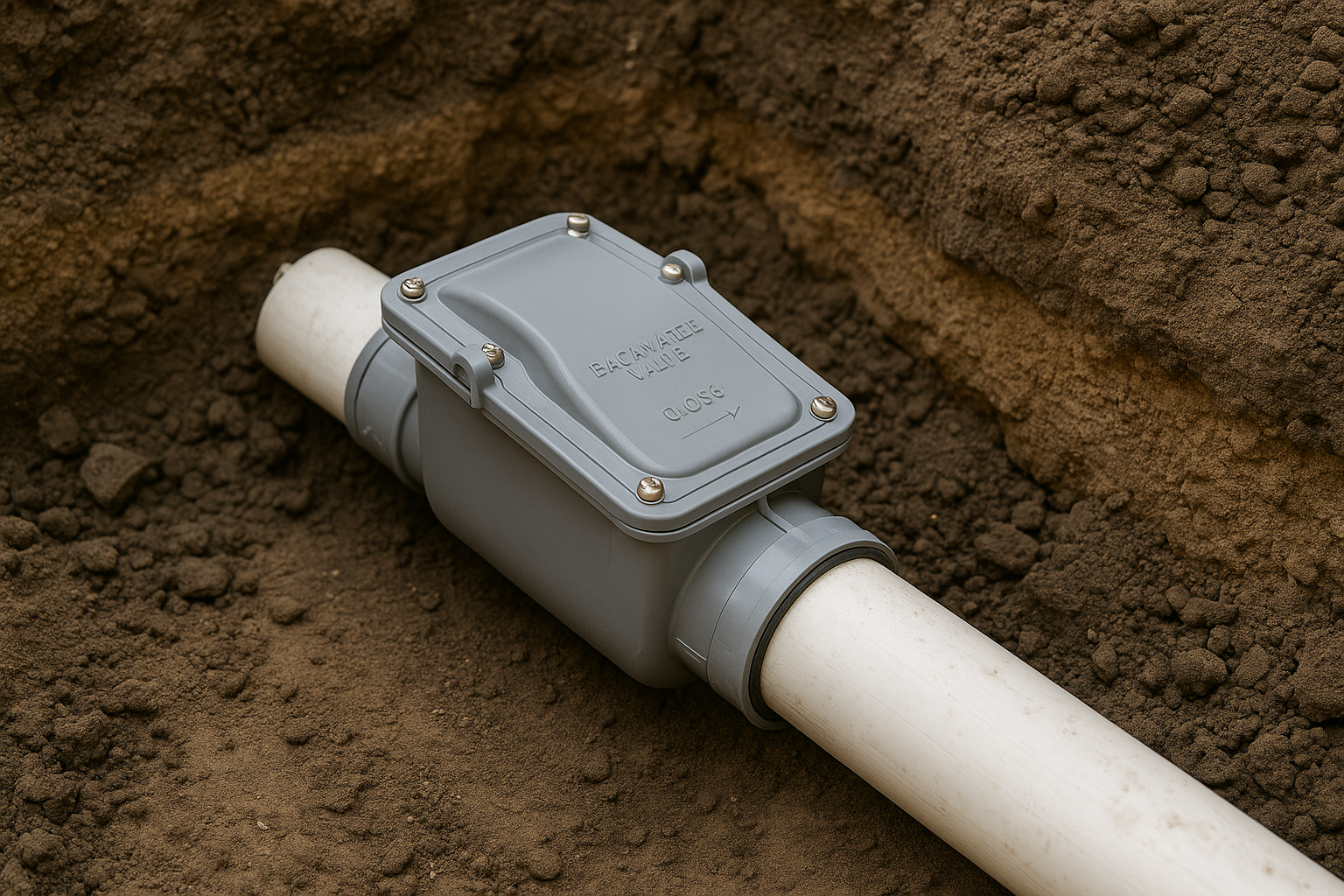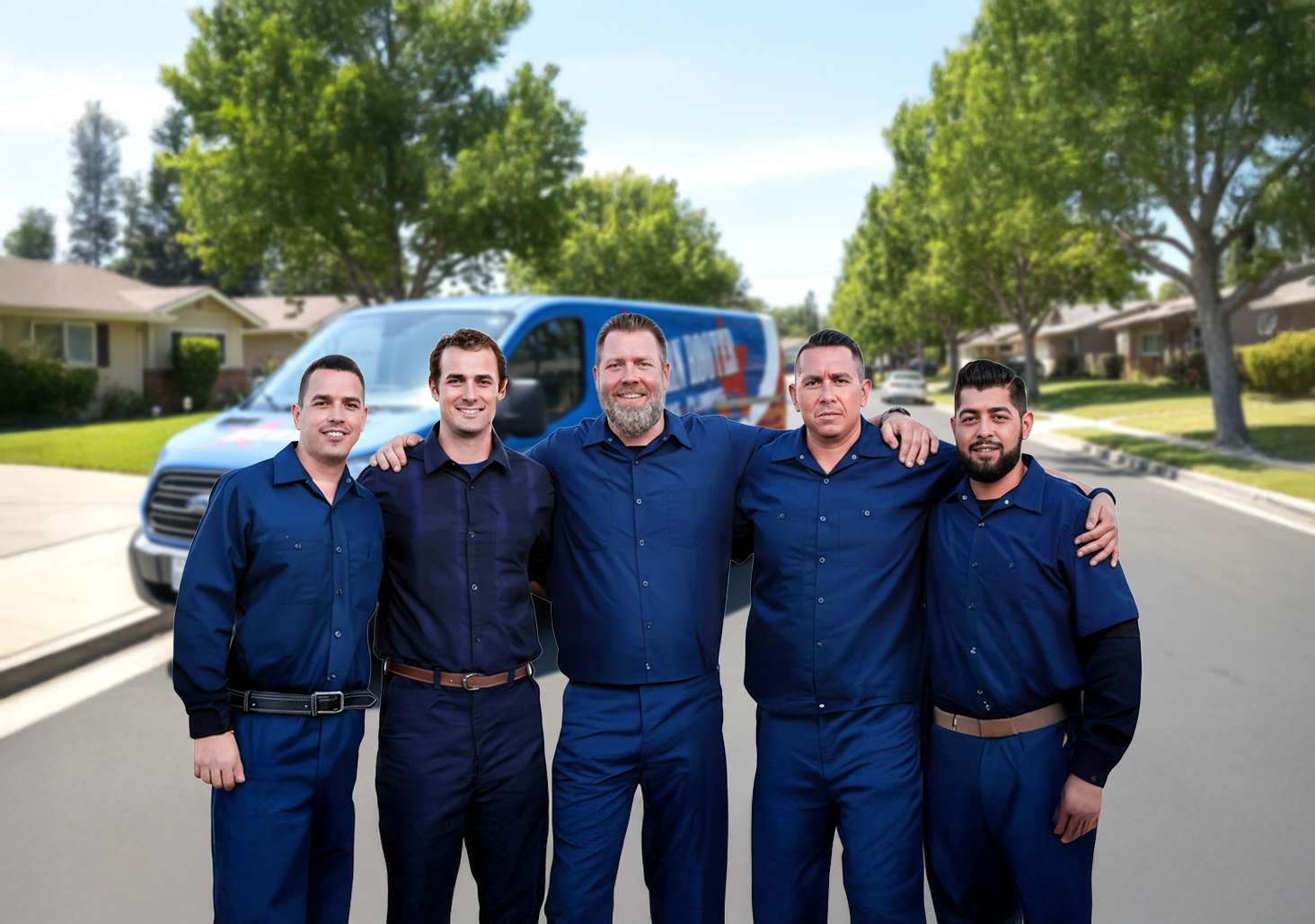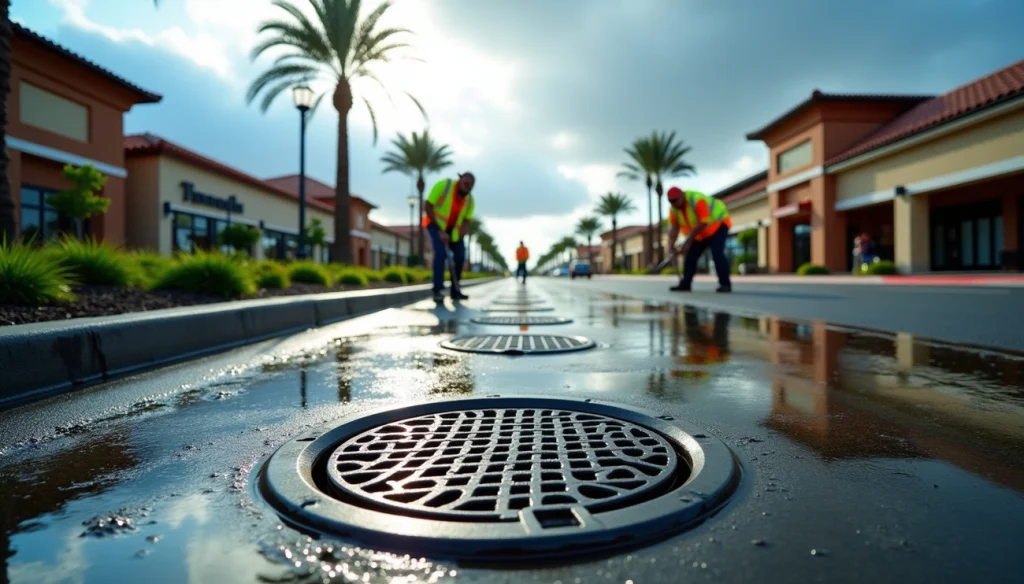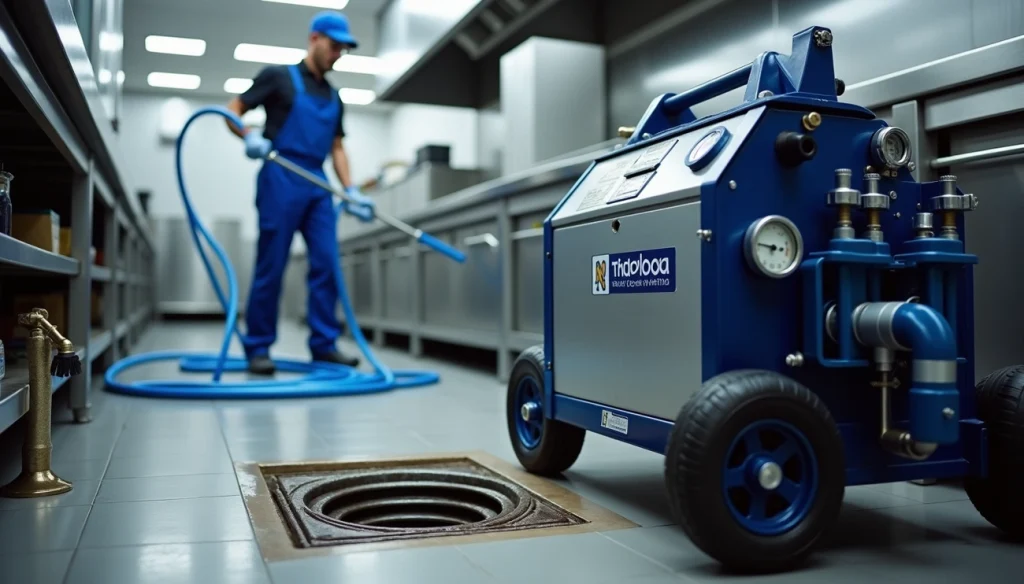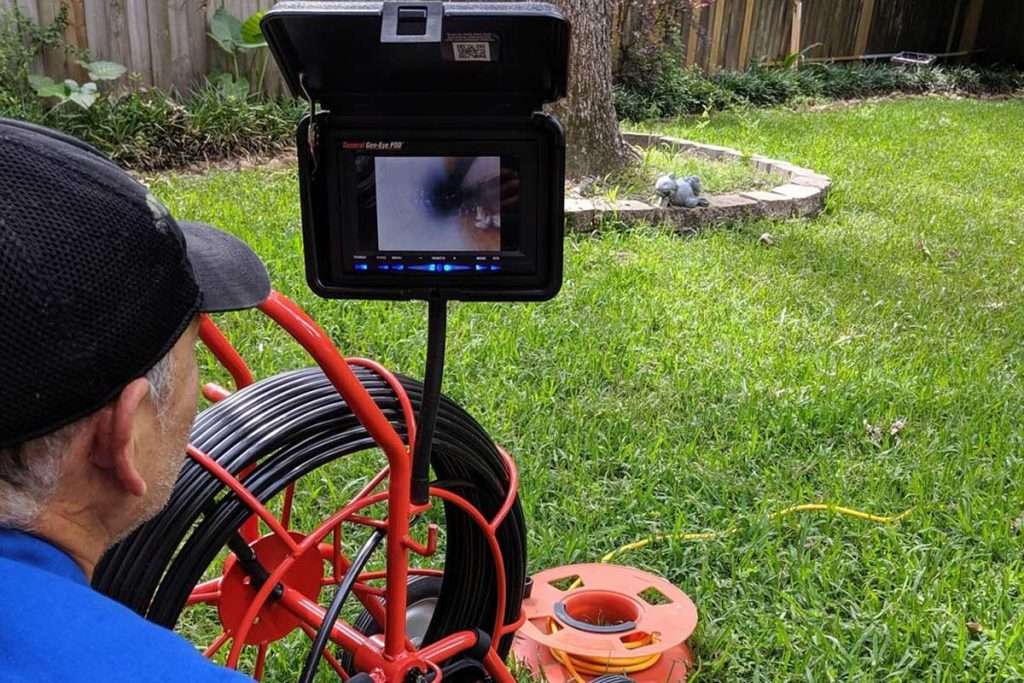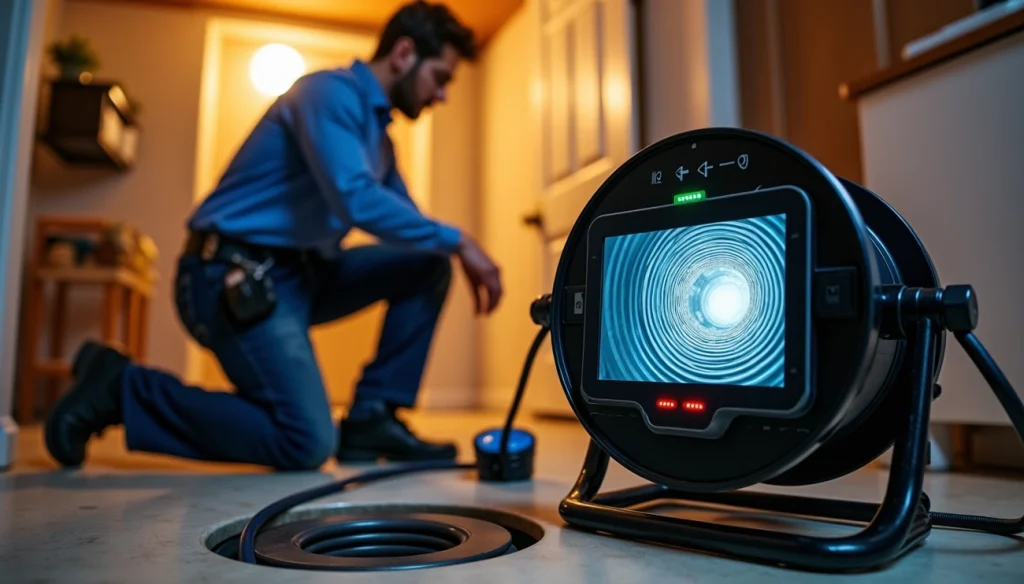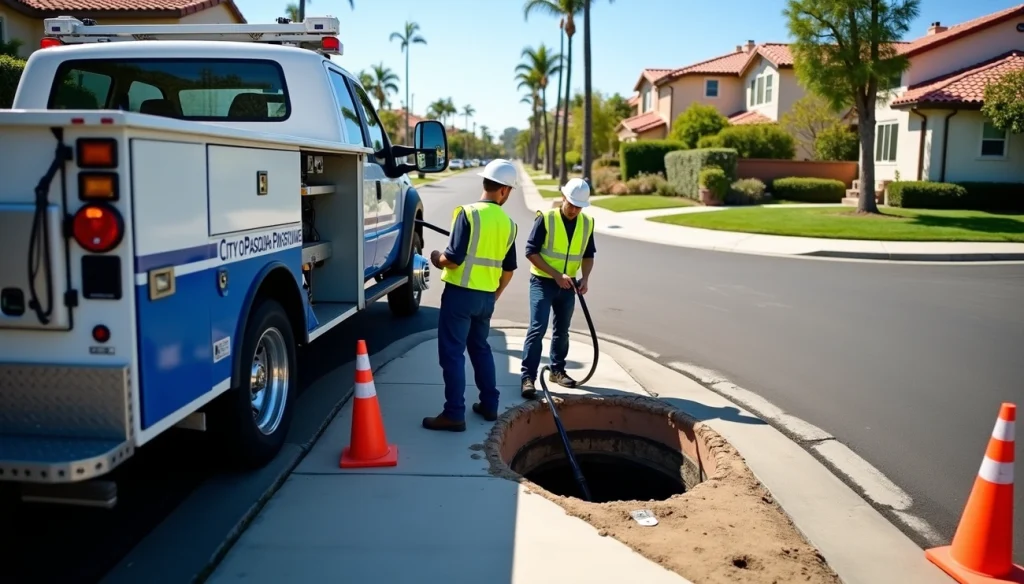A backwater valve could save you thousands in potential flood damage to your home. Heavy rainfall often overwhelms city sewer lines, which forces sewage back into homes instead of away from them. This nightmare scenario creates more than just a mess – most homeowner’s insurance policies won’t cover the damage.
Homeowners with basements or properties below street level need protection against these expensive disasters. A backwater valve is a vital safeguard. The timing of installation affects the cost. New construction installations cost about $500, while updating an existing home can get pricey at $2,000 to $5,000. Many cities require these devices in flood-prone areas and offer subsidies to help with installation costs.
Your home’s protection should be straightforward. This piece explains everything about choosing and installing the right backwater valve. You’ll learn how to keep your basement dry and maintain peace of mind.
What Does a Backwater Valve Do?
A backwater valve is your home’s best defense against sewer backups. This small but vital plumbing device stops what could be the nastiest home disaster – raw sewage flowing backward into your living space.
Stops sewage from backing into your home
Your backwater valve works in a simple way: it lets wastewater flow out while blocking sewage from coming back in. Picture it as a one-way door in your plumbing system. The valve has a special flap that opens to release household wastewater but closes automatically if sewage tries to enter your home.
This protection becomes especially important during heavy rains that overwhelm municipal sewer systems. Sewage naturally flows away from your home into the public sewer. But overloaded or blocked lines create pressure that can push wastewater back toward your property. A home without a backwater valve leaves sewage with only one path – up through your drains, toilets, and sinks.
Sewage backups create more than just a mess. They lead to:
- Property damage that costs big money to fix
- Health risks from exposure to contaminants
- Stress from dealing with the mess and smell
Protects basements and low-level plumbing fixtures
Homes that have basements or ground floors below street level face higher risks of sewer backups. This happens because lower-level plumbing fixtures sit below public sewer lines.
The valve guards these areas through clever engineering. Small floatation devices sit on both sides of the flap inside the valve. Water flowing backward lifts these floaters, which seal the pipe and block sewage from entering.
A working valve keeps all your basement fixtures safe – floor drains, toilets, sinks, showers, and tubs. Any of these could let sewage in during a backup without proper protection.
Numbers tell the story best. South Portland’s backwater valve program installed valves in 89 homes at $397 each. After a massive storm dumped more than 10 inches of rain, these homes stayed dry. The city saved at least $75,000 in potential damage.
Required in some municipalities
Local governments know how to protect homes, so many now require backwater valves in certain cases. Building codes in several regions say properties with plumbing fixtures below the next upstream maintenance hole cover must have approved backwater valves.
The National Plumbing Code says new homes need these valves if they have fixtures below street level. Older properties often need them during big renovations or repairs. Some California areas make backwater valves mandatory for plumbing work that needs permits or renovations over $100,000.
You can check if your property needs a backwater valve by:
- Reading Chapter 7 of the California Plumbing Code (if in California)
- Asking your local sanitation district or city building department
- Looking at how your lowest drain compares to the upstream manhole cover
Installing a backwater valve makes sense even if laws don’t require it. Some cities help pay for installation because they want to prevent sewer backups.
Homes with basements or those in rainy areas really need this protection. It could save thousands in damage and keep your family safe from health hazards.
How Does a Backwater Valve Work?
The backwater valve’s engineering is simple yet it works amazingly well. Learning about this device will help you see its value in protecting your property from sewer backups that can get pricey.
The role of the flap and float mechanism
A hinged flap or gate mechanism sits at the core of a backwater valve to control water flow. This flap lives inside a special housing on your main sewer line. The flap stays open under normal conditions and lets wastewater from your toilets, sinks, and showers flow out to the municipal sewer system.
Small floatation devices sit on each side of the flap. These floaters play a vital role in how the valve works by responding to changes in water direction and pressure. The flap stays open when water flows the right way—away from your home—which allows normal drainage.
Some advanced backwater valves come with extra parts like spring mechanisms. These help the flap close faster when flow reverses to protect against potential backups.
What happens during a sewer backup
City sewer lines can get overwhelmed by heavy rain, or a blockage can form downstream from your property. This builds up pressure in the sewer system and can force wastewater to flow backward through pipes toward your home.
The backwater valve springs into action as soon as this reverse flow starts. Water pressure pushes against the flap while lifting the floaters on both sides. The flap rises and creates a tight seal against the valve opening. This barrier stops sewage from entering your home’s plumbing system.
Your valve responds automatically without electricity or manual help. This passive protection keeps working during power outages or when no one’s home, giving you constant defense against sewer backups.
Limitations during valve closure
Backwater valves offer great protection, but you need to know their limits. The most important thing to remember: once the valve closes during a backup, your home’s wastewater cannot leave through the sewer line.
Your plumbing system can only hold so much wastewater temporarily. You should use less water in your home when the backwater valve closes. Using showers, washing machines, or dishwashers during this time might cause your wastewater to back up from the lowest drain—usually in your basement.
Different types of backwater valves give you different protection levels:
- Normally open valves have a flapper that sits on the bottom and floats up to close only during reverse flow
- Normally closed valves stay closed by default and open only when your home’s wastewater pushes the gate
Normally closed designs come with extra benefits. They stop sewer odors from entering your home, which helps properties with low-flowing main lines that might become septic.
Your backwater valve needs to stay clear of debris that could stop it from closing properly. Things like cleaning wipes, paper towels, or other non-flushable items can get stuck in the valve. This reduces its effectiveness when you need it most.
Knowing how your backwater valve works helps you maintain it and spot problems before they cause failures. Regular checks and maintenance keep this simple yet important device ready to protect your property from devastating sewer backups.
Who Needs a Backwater Valve and Why
Some buildings need backwater valve protection more than others. Not every property faces the same risk of sewer backup. You can prevent expensive damage and health hazards from sewage backups by knowing if your property needs this vital safeguard.
Homes with basements or low elevation
Backwater valves are a must-have for properties with basements. Homes with drains below street level face a higher risk because gravity can’t help pull wastewater down your sewer lines into the municipal system properly.
Here are the facts:
- Sewage backup becomes a regular issue when your basement drain sits lower than the nearest upstream manhole
- Your risk of water backup goes up if your basement or ground floor sits less than 30 cm above street level
- The National Plumbing Code requires backwater valves in new homes that have fixtures below street level
Older homes with basements face even more risk of sewer backups. We see this because these buildings usually have designs that don’t resist floods well. Your risk level climbs higher if you spot cracks or other structural issues in your basement’s walls.
Properties in flood-prone areas
A backwater valve becomes a vital investment if you live where heavy rainfall or flash floods occur. Your local sewage system might be modern and well-kept, but extreme weather can still overwhelm it.
City systems often can’t handle large amounts of rain, which puts homes connected to storm lines at serious risk. Houses in these areas need both backwater valves and sump pumps to stay protected fully.
Several flood triggers make the risk more serious:
- Overflowing rivers
- Rapid snow melt
- Climate change effects
- Aging city infrastructure
Many cities now require backwater valves in flood-prone zones because they prevent widespread damage.
Commercial buildings and multi-unit properties
Multi-family homes and commercial properties create special challenges for backwater protection. A single backup can affect many residents or businesses at once, which multiplies potential damage and disruption.
Standard residential backwater valves might not work for larger commercial facilities. These buildings need systems bigger than the usual 3-, 4-, and 6-inch sizes to handle high-capacity mains.
Multi-unit property installation needs careful planning:
- Maintenance crews need easy access to valves
- The valve’s placement near the building’s main sewer connection is key
- All tenants should know about usage limits during heavy rain
Local building codes usually require backwater valves for commercial buildings that have plumbing fixtures below the next upstream maintenance hole cover’s elevation.
Call Western Rooter today to get your free estimate on backwater valve installation for your home or commercial property!
Backwater Valve Installation: What to Expect
A backwater valve is a vital investment that protects your property from sewer backups. Your understanding of the installation process will help you prepare better for this home improvement project.
New construction vs retrofit installation
Adding a backwater valve to new construction costs less, usually under $500. Updating an existing home will cost between $1,000-$5,000 because it requires breaking through concrete floors, accessing the main sewer line, and restoring the area.
The timing of installation makes a big difference. New construction lets you incorporate the valve into the original plumbing design. Your licensed plumber will need to cut through the basement floor for updates, usually near the floor drain, to modify the main sewer line.
How to install a backwater valve
Your plumber will follow these steps:
- Identifying the optimal valve location (using camera inspection in some cases)
- Excavating to access the main sewer line
- Cutting and removing a section of pipe
- Installing the valve with proper flow direction
- Securing connections and testing functionality
The complexity of this work means you should hire a professional plumber. The installation takes two to eight hours, depending on site conditions. The valve cover needs to stay available for future maintenance and servicing.
Permits and plumbing codes to think about
You’ll need a plumbing permit from your local municipality before installation. This applies especially to updates. Local building codes have specific requirements about valve placement and specifications.
It’s worth mentioning that wrong installation can increase your flooding risk. Professional installation will give a code-compliant and properly working system.
Backwater valve cost and municipal rebates
Your budget should include:
- Permit fees (starting at $50)
- Possible excavation/trenching expenses
- Plumbing modifications if needed
Many cities offer great rebates that offset these costs. Programs cover 75% up to $1,500 and can go up to $6,000 in flood-prone areas. The City of Toronto’s Basement Flooding Protection Subsidy Program gives up to $3,400 per property for eligible installations.
Call Western Rooter now for your free backwater valve installation estimate!
How to Maintain Your Backwater Valve
Your backwater valve needs regular maintenance to protect your home from sewer backups. The best valve won’t help much if you don’t take care of it, and it might fail right when you need it most.
Annual inspection checklist
A yearly inspection of your backwater valve is vital according to most experts. Properties in flood-prone areas might need checks twice a year. Here’s what your annual inspection should cover:
- Locate and remove the access cover
- Check the valve flap for free movement
- Get into O-rings for cracks or damage
- Verify no debris is preventing proper closure
- Test the flap mechanism to ensure smooth operation
- Inspect after every major rainstorm
Cleaning tips and safety precautions
Safety comes first when cleaning your backwater valve. You’ll need these tools ready:
- Rubber gloves and eye protection
- Bucket with warm dish detergent (non-phosphate, ammonia-free)
- Long-handled brush (such as a toilet brush)
- Flashlight and clean rags
No one should use plumbing fixtures in your home during cleaning. Sewer gas might be present, so good ventilation is significant.
Stay away from cleaning during heavy rain or snow melt when sewers might be full. Don’t run sewer cleaning cables (snakes) through the valve – this could damage the flap permanently.
When to call a plumber for help
Some situations need professional help, no matter how well you maintain your valve. A licensed plumber should handle these issues:
- Difficulty removing or replacing valve components
- Damaged or cracked O-rings needing replacement
- Stiff movement or visible rust on the flap mechanism
- Major blockages you can’t safely clear
- Questions about the valve’s condition or operation
Licensed plumbers have the right tools and knowledge to spot complex problems. They can test the flap and floatation devices thoroughly.
Contact Western Rooter today for a free estimate on backwater valve maintenance or installation!
Conclusion
Your home needs protection from sewer backups – it’s an investment that saves thousands in damage costs. Backwater valves act as your main defense, particularly if you have a basement or live in areas prone to flooding. These simple mechanical devices stop sewage from backing up into your living spaces when heavy rain overwhelms city sewer systems.
The cost depends a lot on when you install the valve. New homes can get one installed for about $500, while existing homes cost between $1,000 and $5,000 to modernize. The good news is that many cities offer big rebates that help cover these costs. Homeowners across Los Angeles and San Bernardino Counties can get these valves at lower prices.
Your valve needs regular upkeep to work properly when you need it. Make valve inspections part of your yearly home maintenance. Check for debris buildup and test the flap mechanism. Clean your backwater valve carefully with proper safety measures to avoid failures during critical times.
A backwater valve will give you peace of mind. Your basement and lower-level plumbing fixtures stay protected from sewage backups. This protection matters whether you own a house or manage commercial properties. Call Western Rooter today to get a free estimate for backwater valve installation or maintenance that matches your needs!
